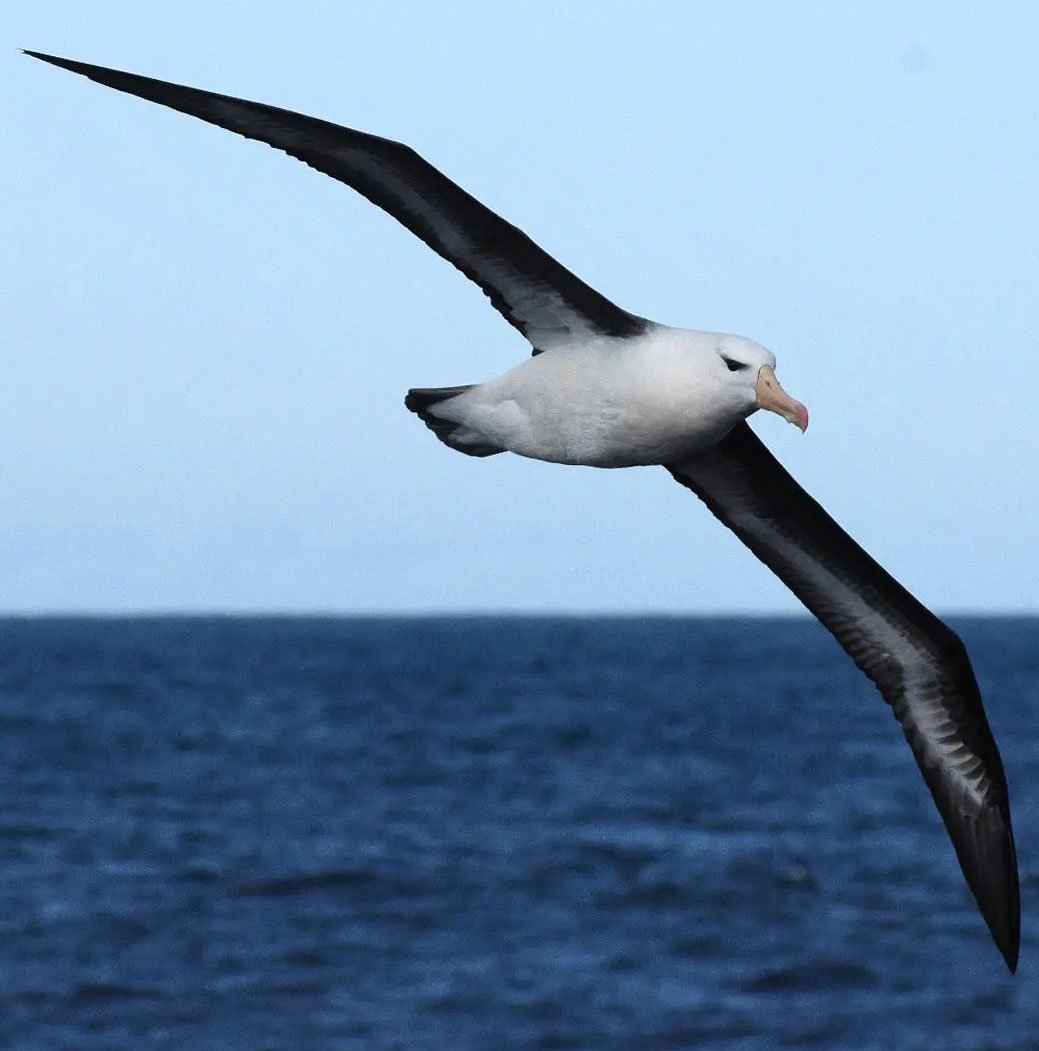Maximiliano Hernandez from Argentina recently spent 2 weeks at Dragonfly to begin the first seabird risk assessment for species from his country.
Since Yvan Richard published his first risk assessment for New Zealand seabirds in 2011, he’s shared the methods with international teams, including Japanese and Chilean fisheries scientists. Extending the cooperation to Argentina through Maxi’s PhD research was a welcome next step.
Yvan says international collaboration is in everyone’s best interests. “Seabirds fly all around the world so it’s really important that every country can do these kind of analyses. Then we can find out where the risks are and work together to reduce fisheries bycatch.”
The risk assessment code will soon become open-source and shared with collaborators. “We would like all fishing countries to use the same code, then we can merge data and compare assessments between countries. That’s much more useful than if we all do things differently and the analyses are not comparable.”
Maxi is studying at the Institute of Marine and Coastal Research, which is part of the National University of Mar del Plata. His travel to New Zealand and living costs were paid by a secondment from ACAP. DOC helped coordinate the visit and funding from Fisheries New Zealand covered Yvan’s time.
“The goal of my work is a seabird ecological risk assessment for species that interact with our fisheries”, says Maxi. “It will be the first time this has been done for Argentina so I think it’s very important.”

The coast of Argentina is close to a continental shelf and has very productive waters and plenty of fish. Different fisheries target species in the area and interact with various species of seabirds.
“Like in New Zealand, a lot of seabirds make use of our waters and interact with our fisheries. It’s important – if not essential – to develop a tool that will allow us to understand the effect of fisheries on these species.”
Maxi began with an assessment of black-browed albatross and white-chinned petrel, which have plenty of population data. They are present in large numbers but also have the highest capture rates in local fisheries.
“My work is focussed on these two species but in the future we will be able to expand it to assess more species.”
Maxi studied biology in his undergraduate degree and has a particular interest in birds. He says cooperating with other researchers has been essential for him to learn the statistical methods he needs.
“Yvan set up all the programming tools like GIT, GNU Make, Stan, and the R packages that are used routinely at Dragonfly. He also wrote the risk assessment code for me to use, which has been a very good start. At the end of each day I went back to my apartment, read all the code and learned a lot – it’s very interesting.”
“As far as I’m concerned, New Zealand is a good example of how to deal with seabird bycatch, so I was very grateful to be here and to learn how to perform these assessments. They will greatly improve our understanding of the issue and how to solve it.”
At the end of the secondment, Maxi presented the results to date at a meeting with DOC’s seabird scientists. While more work is needed, he now has a solid basis to carry out a complete assessment when he returns home.
Read about our collaborations with Japanese and Chilean fisheries scientists.
Top image: Yvan Richard and Maxi (right) working together at Dragonfly. Credit: Sarah Wilcox


